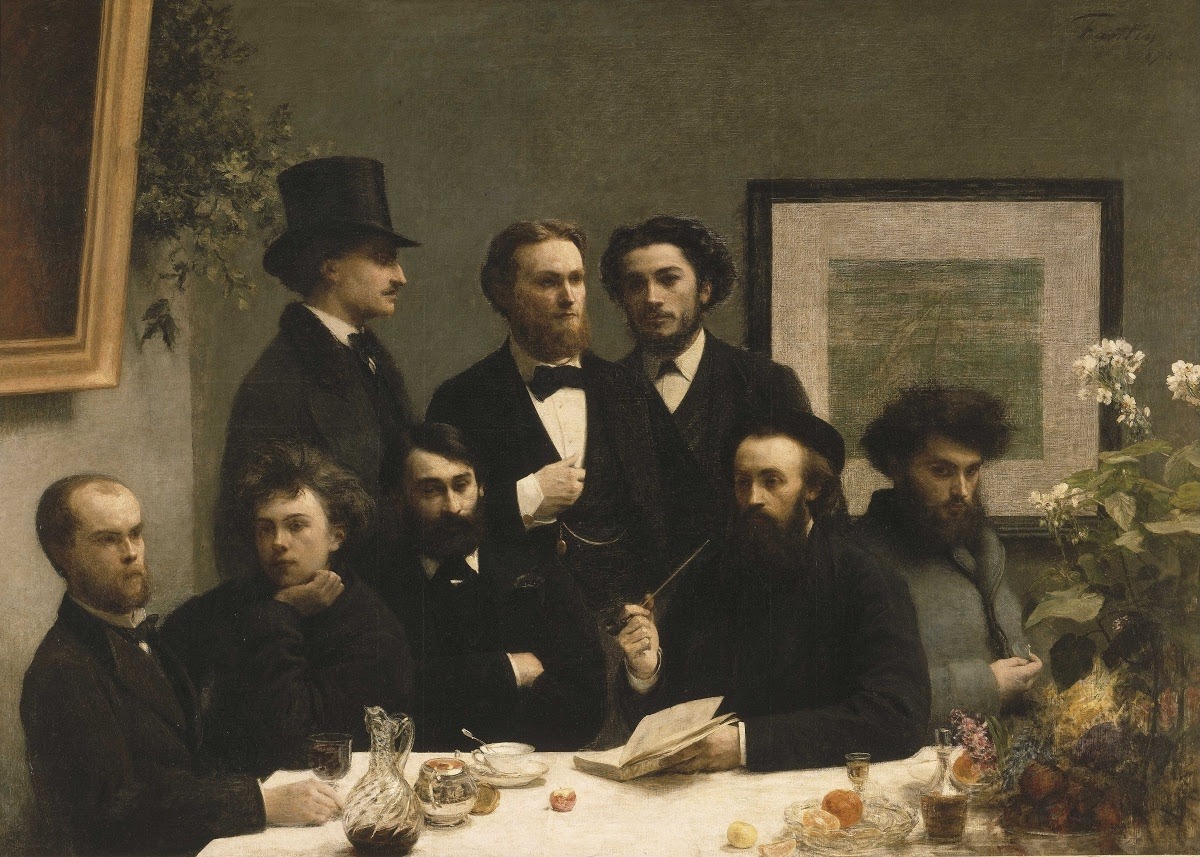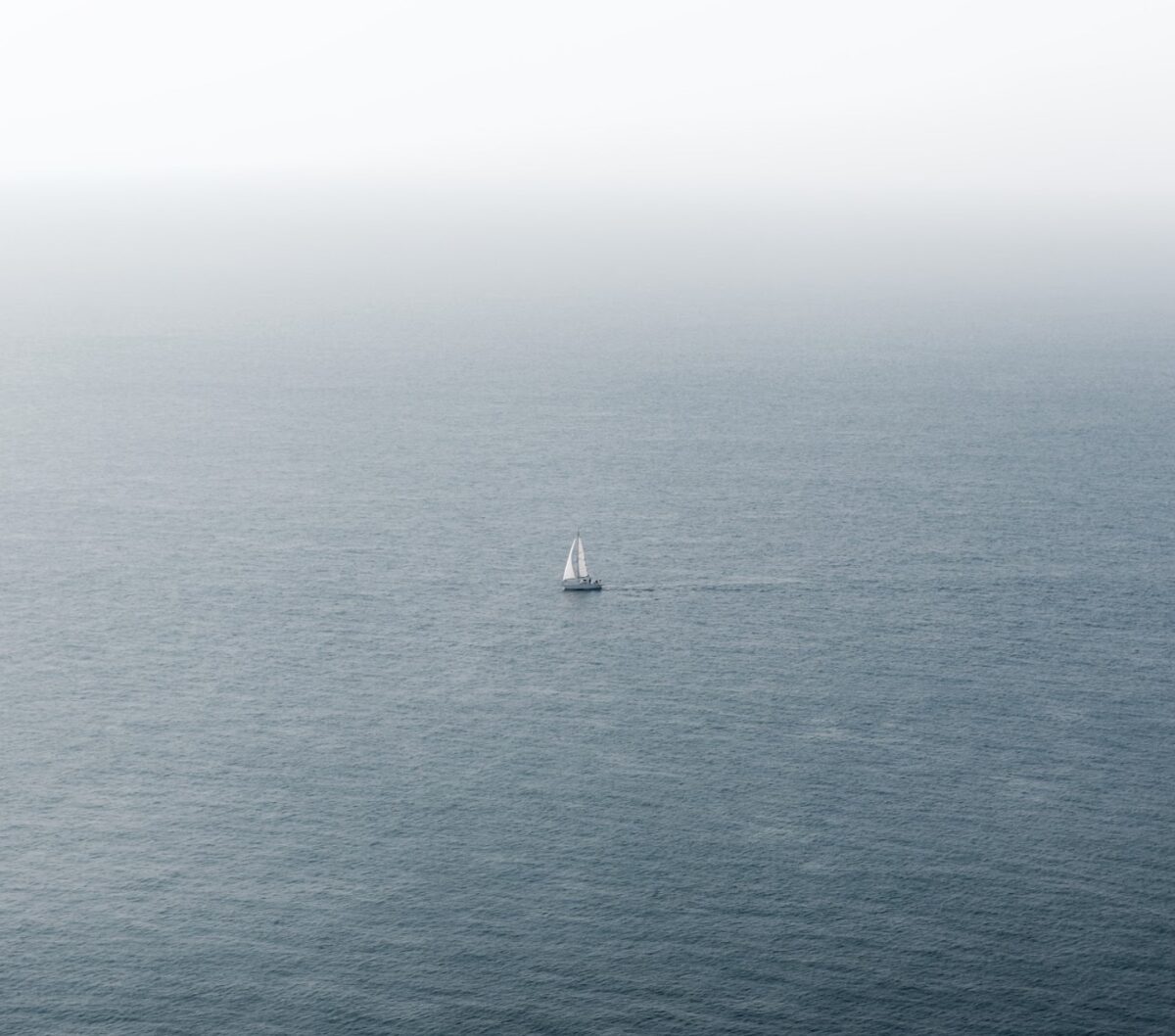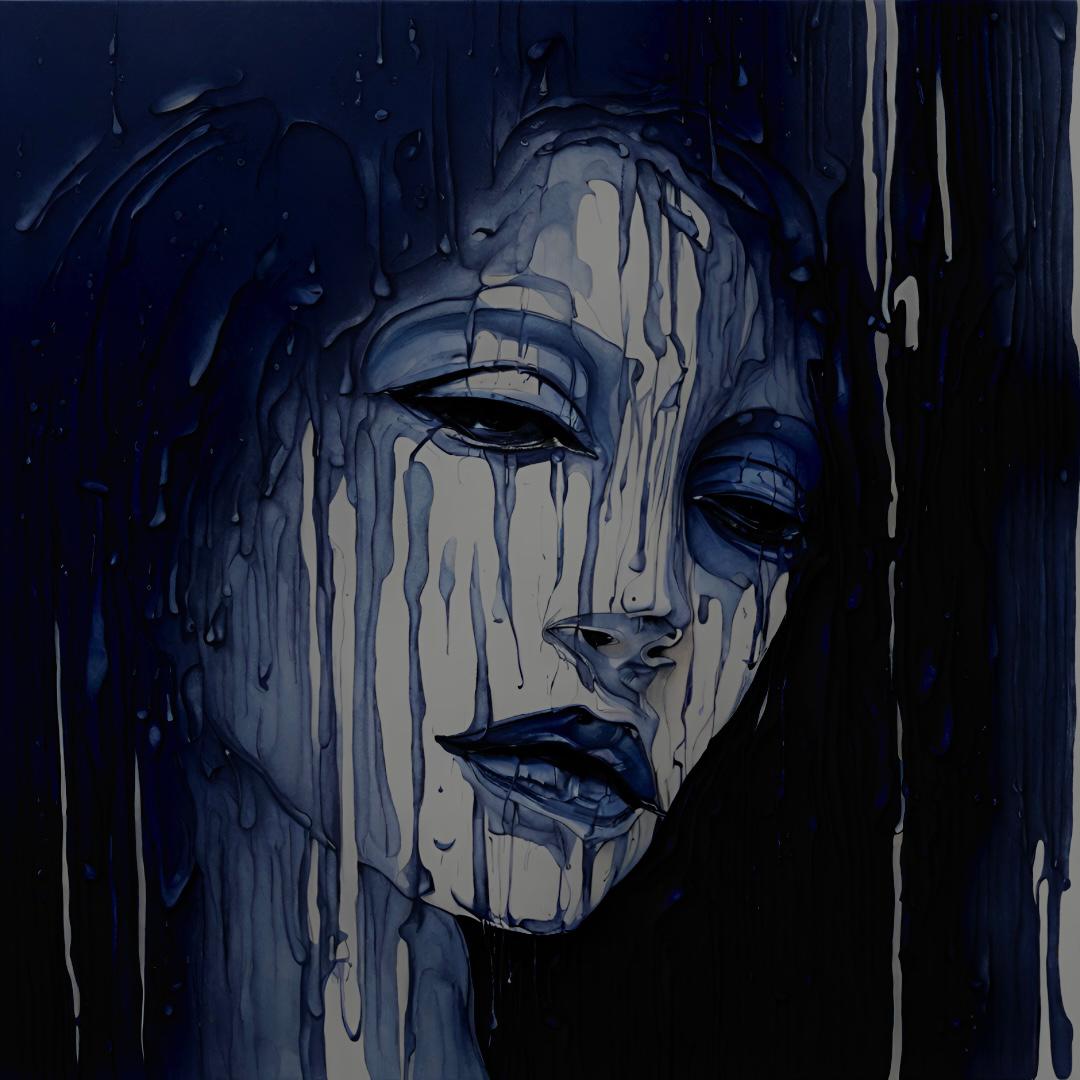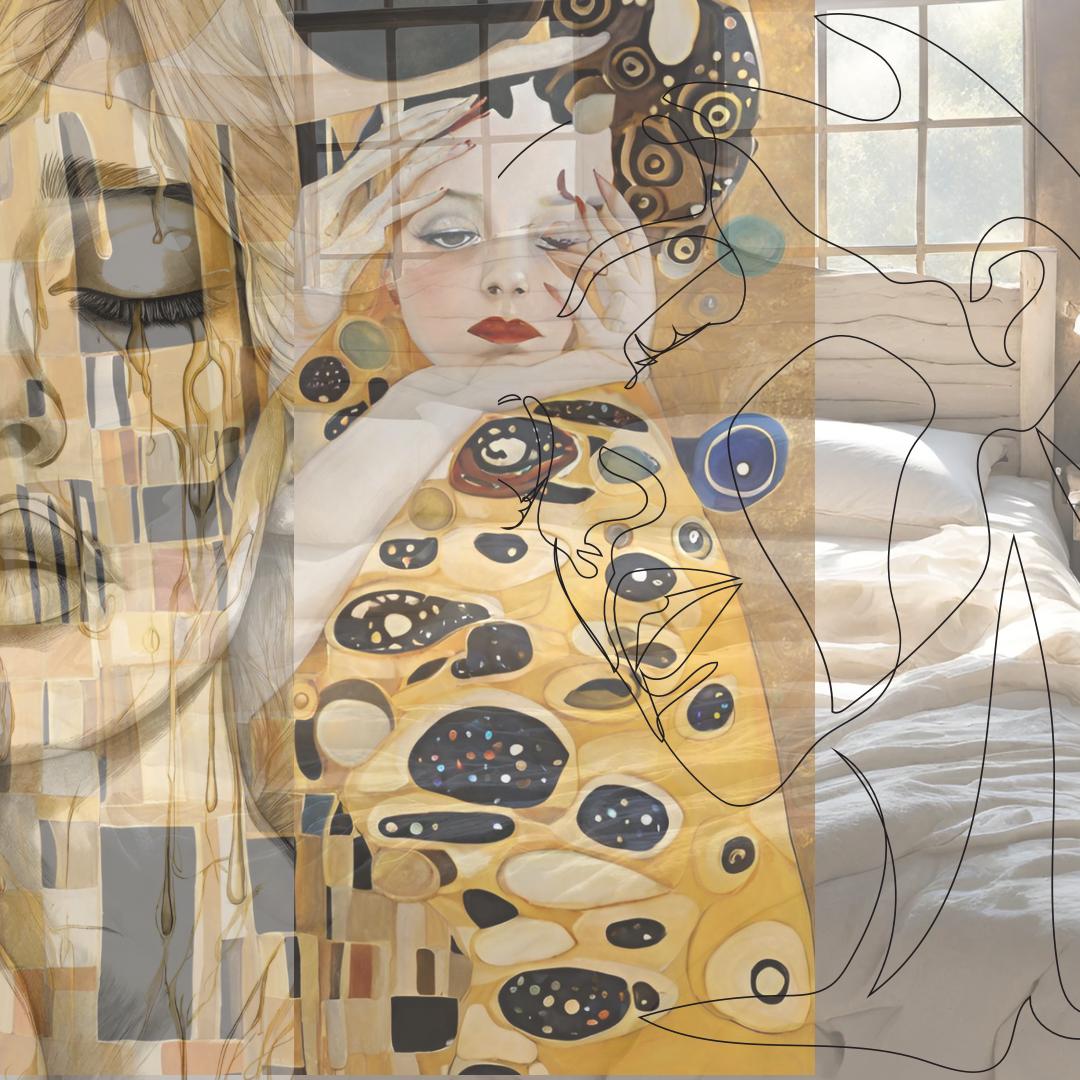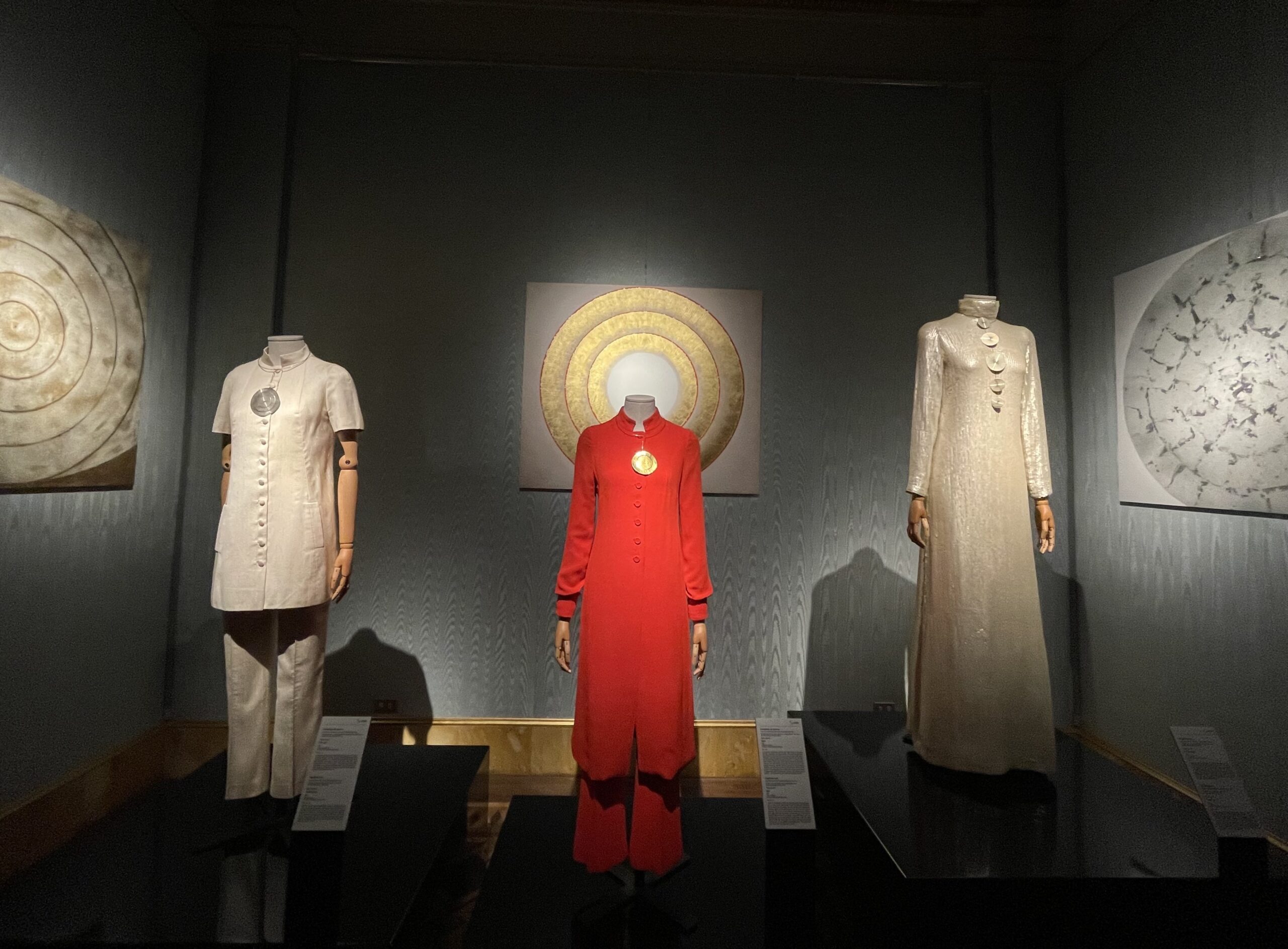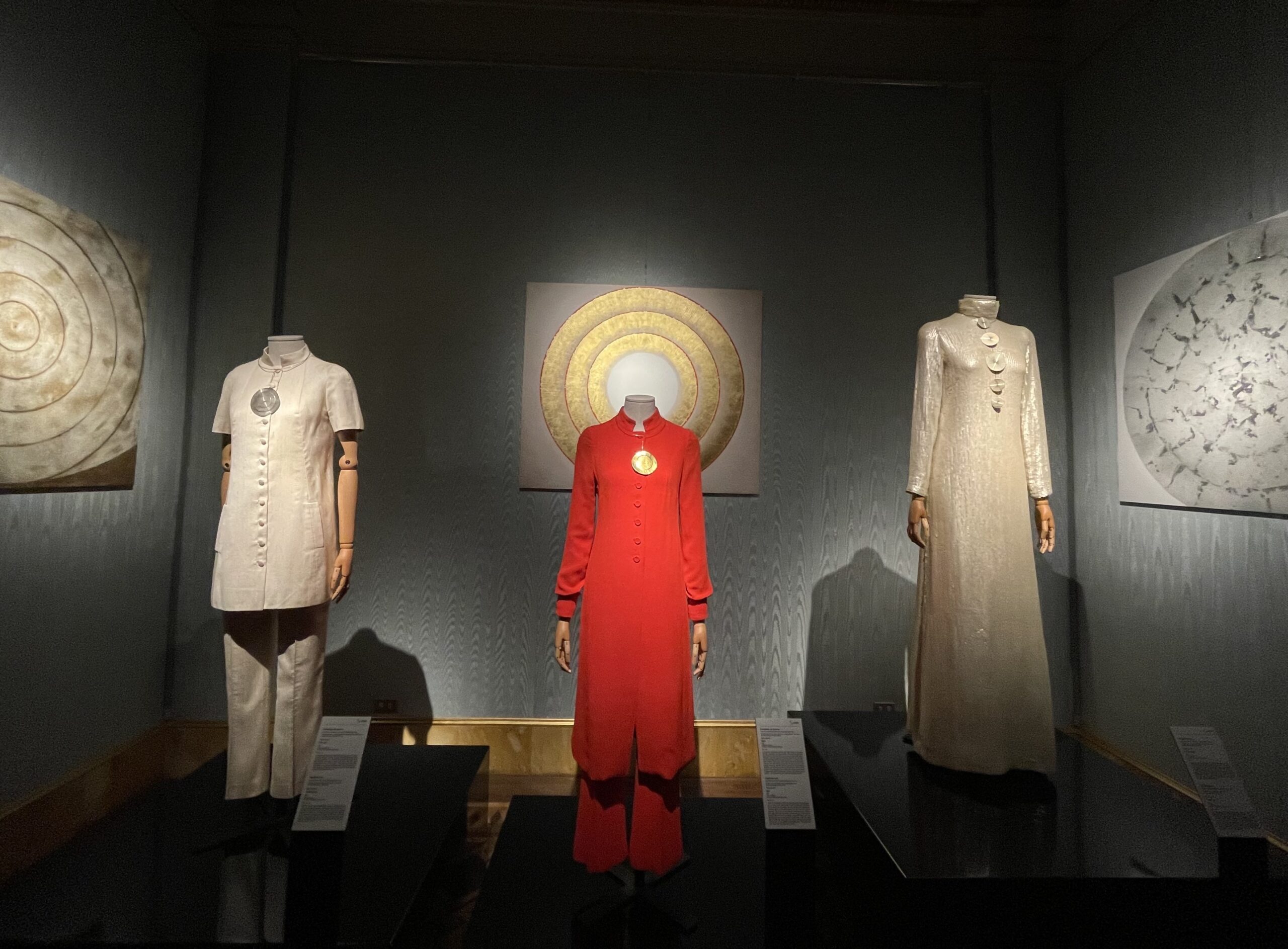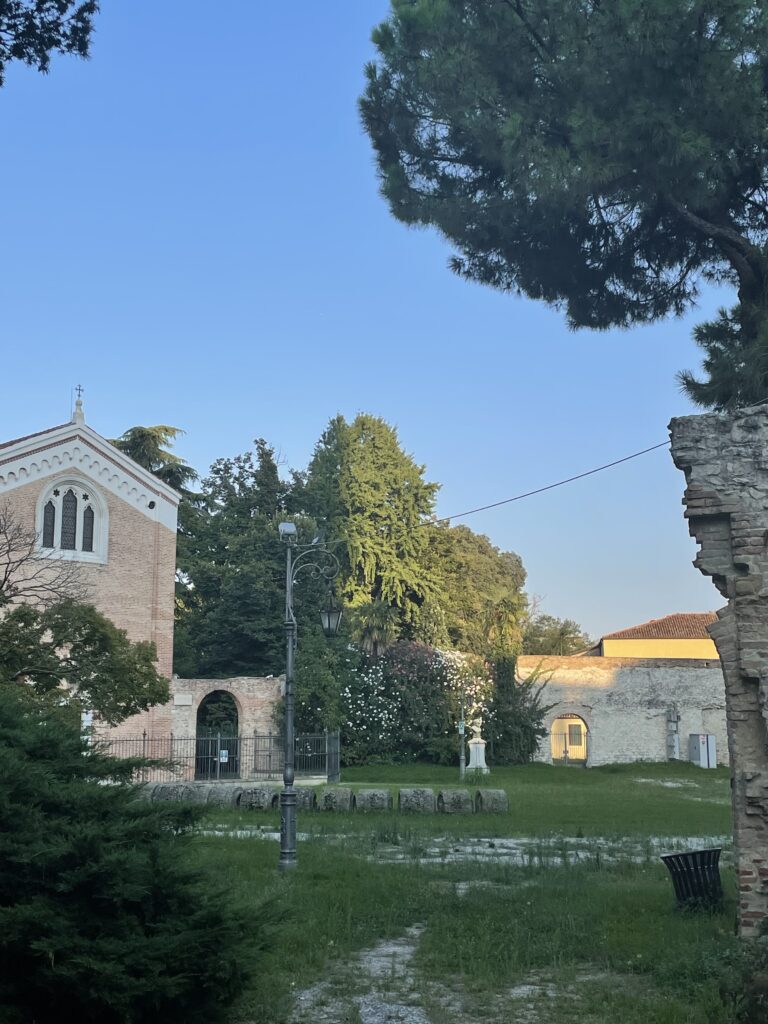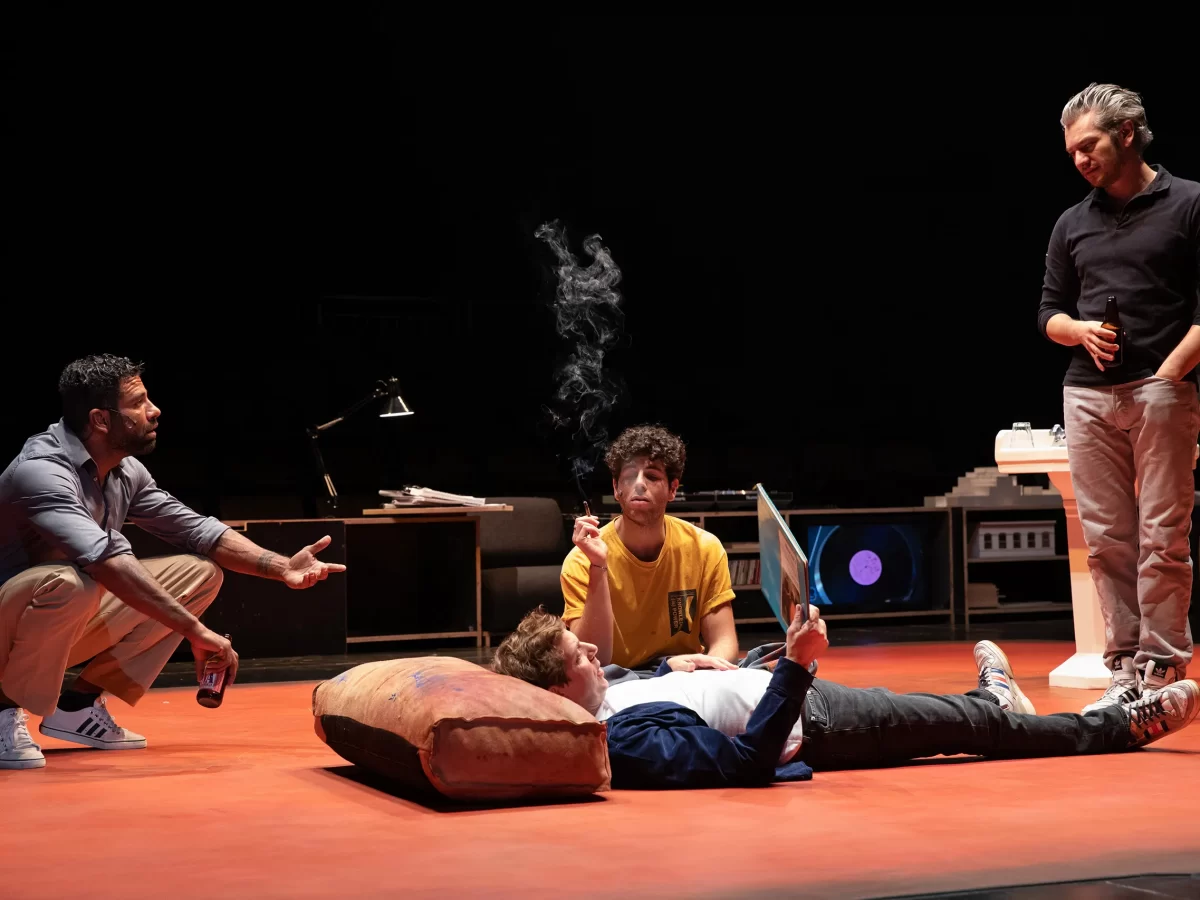By James Young
In recent years, two films about classical music conductors have been released, featuring two different means of telling stories about the way creativity and eroticism interact. Beyond this, they share a score that heavily features the symphonies of Gustav Mahler, a man who married a woman half his age. Mahler was tormented by poor health which gave him a morbid fascination with his own mortality and how to transcend it. What he sought to do was reach into the future by writing music, like the great symphonic composers before him. Leonard Bernstein, the protagonist of the recent biopic Maestro, gave his image and performances to posterity by embracing live recording in both music and television. There are hours and hours of footage of Bernstein lecturing, rehearsing as well as performing, which he lends himself to with his charisma and gregariousness as well as a captivating and energetic style of conducting. A year before Maestro came out, Cate Blanchett played the fictional Lydia Tár in a much darker portrayal of callous lasciviousness and how musical excellence can and cannot justify it.
Gustav Mahler composed the fifth symphony after suffering a brain haemorrhage. This meant the rousing vocal lines of his previous symphonies are no longer present, but a romantic tinge is still evident in the most famous of all Mahler’s work: the adagietto fourth movement, composed for his wife, Alma. Leonard Bernstein explained how this movement is marked by an ambiguity, a feature of Mahler’s marriage. He was not a benign husband, belittling Alma for her youth, which in his eyes meant that her music lacked “individuation.” To him, this justified his insistence that she stop composing her own music as there could only be one composer in their marriage. This contrasts with Alma’s previous lover who was also an older Jewish composer as well as being her piano teacher. Mahler said that his predecessor’s encouragement of her composition was only due to her status as an attractive young girl. For her part, Alma was (despite her taste in men) an antisemite who called her only surviving child a “half breed.” She was also less than honest in her management of Mahler’s posthumous legacy, going so far as to doctor his letters to portray him as lacking any sexuality beyond his attraction to her.
The ambiguity of the adagietto is transposed onto Bernstein’s marriage in Maestro. The halfway point of the film, when the movement is performed, follows a montage of Bernstein and his wife Felicia raising their young family. Up until he meets her, he is only portrayed as having relationships with other men but the progression of his career requires him to “conduct his life” and, as with many gay men of the time, to keep up a conventional straight public persona. As Mahler’s adagietto creeps its way into the crescendo, we are shown an uneasy Felicia Bernstein, from afar but still distinct in the shadow cast by her husband conducting on the podium. This performance marks the point of the movie of a formal transition between two styles of filmmaking and even literal formats of the film: monochrome and colour.
In Tár, the adagietto movement also marks a transition. We never hear the movement in its totality, but rather an incremental buildup in a series of rehearsals, wherein we only hear snippets followed by a frustrated Lydia Tár halting the orchestra and agonising over how it should be played. When she is finally satisfied and the end of the movement is reached and tears leave the eyes of those listening, Tár decides to manoeuvre to further satisfy her lust by selecting an accompanying song that her sexual fascination, the new cellist, could solo on. To do so she promotes her and brings her into a relationship of professional and personal intimacy. This is a type of relationship that Tár is familiar with, given that her wife is the first violinist of her orchestra and she is having an affair with her assistant. There is even an implication that this kind of thing has institutional precedent when in a conversation between Tár and her predecessor at the Berlin philharmonic, Tár asks him for advice on how to handle rumours regarding “sexual impropriety.” Moreover, Tár fires a carryover assistant from her predecessor’s tenure and while doing so, she implies that they were also conducting an affair by accusing him of “misogamy” (hatred of marriage), keeping an apartment on the same floor as him.
This consecration of the private and the professional is not alien to Leonard Bernstein. Much like Alma Mahler, Bernstein was reported to have been engaged in an affair with his conducting teacher. The second half of Maestro also includes Leonard Bernstein’s assistant who was thirty years his junior and that he was in a relationship with. Bernstein brings his assistant into his home, which drives a wedge between him and his wife. This is followed by a crucial scene where Felicia, played tenderly by Carey Mulligan, tells Bernstein, played by Bradley Cooper, that his ego is out of control and his lack of discretion regarding his sexuality is jeopardising their family. The scene is sharp and theatrical, with the camera sitting wide and staying still, simply letting the actors’ fence with their exclamations. Their relationship is not repaired by any active effort of either party, but rather by a performance of Mahler’s Symphony No. 2, “Resurrection,” and Felicia’s subsequent realisation that this famous performance in Ely cathedral was not an imposition of Bernstein’s talent, as she had said of all his other performances. This performance was, for Felicia, evidence of the purity of his heart. This rings a little hollow and if it were not for Mulligan’s animated yet delicate performance, some of the lines would feel somewhat on the nose.
“Tár” is not so reliant on musical splendour to propel the plot and character arcs. The director Todd Field and lead actor Cate Blanchet craft a character with a commanding screen presence but also a horrifying callousness. The viewer is left guessing her fate till the final shot, when the pathos of the character is on full display. Knowing this, the film rewards multiple viewings by filling it with significant details, such as what characters order at restaurants. Even the first line of the film, where Tár, in her role as musicologist, tells a tribal singer to “sing as if the microphone was not there,” gains an ironic twist when her bellicose lecture is secretly recorded, exposing her antagonization of a shy student who explains his inability to relate to the dead European men who dominate classical music. While her downfall is cathartic, the filmmakers are never clear about the moral judgement they make on Lydia Tár, to the annoyance of some critics and commentators in the real world of classical music. She explicitly worships her predecessors, both the composers whose works she conducts, as well as the conductors that inspired her, key among them Leonard Bernstein. The way that the film characterises her talents seems to imply that on that basis alone, she deserves to join their lofty heights. Moreover, as has been seen, her sins of “sexual impropriety” do not discount others from ascending to the same exulted ranks. Cue pontification about separating art and artist.
Rather than wading into that discussion, a parallel between Lydia Tár’s aggrandizing of the tradition she upholds, and that of the writer/director/star of Maestro, can be made. Bradley Cooper is a competent director, but with Maestro he seems to want to transcend that and make some kind of statement. His style evokes directors who were more than capable of this, with the monochrome first half heavily indebted to Fellini in all his sharp contrast glory, then the second half simmers down into an intimate John Cassavetes domestic drama. Where these directors took their time to craft sequences that were fitting for their specific content and the broader development of the film, and in so doing develop an idiomatic style, Cooper simply adopts them and mangles them together with Mahler and Carey Mulligan as the glue. Perhaps it can be said that instead of composing a film, Cooper is merely conducting one already composed by other directors. Moreover, there is something about the script that does not really sit right. The dialogue can be very on the nose, since a lot of it is taken almost verbatim from interviews and memoirs from Bernstein and those closest to him, which gives the effect of the referentiality of world building as if it were a part of the Leonard Bernstein extended universe. The plot also never really feels deliberate, since Cooper wants to cover the entirety of a lifelong marriage in two hours, meaning that rather than finding a specific and coherent story from Bernstein’s marriage that could be a synecdoche for its entirety, Cooper chooses to jump from scene to scene and indeterminate period to indeterminate period, without much to attach them.
Perhaps this is Cooper’s understanding of a character piece, where characters simply explicate their feelings and musical performances are so powerful and spectacular as to be enough to overcome conflict and tortured psyches. If it were not for the admittedly excellent performances and deft cinematography, the film would come off a lot more trite. As it is, Maestro operates best as an ode or homage, where Cooper celebrates the directors that influenced him and the conductor whose story enraptured him, but it still feels like there is a performed weight, where the film asks to be considered with more gravitas that it can justify. Unfortunately, and this must be said, Cooper seems to want to embody the sophistication and the grandiosity that someone like Bernstein represents to him but can ultimately only pastiche it. This is an irony that Tár falls victim to as well when she complains that she can only summon pastiche in her conducting yet chooses as her album cover a literal imitation of Claudio Abbado’s recording of the same symphony.
I came across a picture of Bradley Cooper reading a copy of Nabokov’s Lolita with his former girlfriend, who was about half his age, in a public park. I don’t intend to moralise on the matter of their age difference, but rather ask: why did he do so in public and with a choice of book that was so on the nose. There’s that phrase again, as Bernstein would say about some repeating musical motif in a televised lecture; but here the phrase can refer to a literal nose, perhaps the prosthetic one worn by Bradley Cooper to play Bernstein. I think this public enjoyment of Lolita is much like the artifice of the nose, which was an artifice that seemed to communicate some kind of perverse self-awareness. However, the prosthetic nose in Maestro can symbolise an attempt by Cooper to transcend himself and stop letting his ego get the better of him, as Bernstein learnt to do as the film concluded. Of course, it is not so simple, and while Maestro wants to feel sincere, it comes off as if it was conceived by someone who forgot how to feel sincerity. But to call this man a narcissist, a man who simultaneously wrote, directed and starred in a film as a celebrated artist, is redundant.
Where Tár succeeds is in how the filmmakers maintain an appropriate critical distance, by which they and, by proxy, the viewers get to live in the ambiguity of their story and the ‘truth’ of the matter. In an interview Cate Blanchett calls the story “Greek” in the way that it demonstrates how the tragedy of the supposedly glorious is not just found in some external circumstance, but ultimately and ironically in themselves. Tár seeks to assert her individuality in the face of the tradition of classical music but is met with a fate that is shared by other conductors who thought they were too talented and captivating to be ruined by their undisciplined egos. Mahler wanted to transcend his humble beginnings and an upbringing tainted by child mortality, but he lost one of his children and would later die due to a defective heart inherited from his mother. His music was banned under the Nazis for his Jewish heritage and almost forgotten due to its perceived kitsch and overwrought late romantic style. It took till Leonard Bernstein’s generation, half a century later, to revive interest in him and canonise him in the tradition of symphonic music. What the filmmakers of Tár and Mahler (in his later compositions at least) have in common is an understanding of the iterative nature of their artistry, how they are merely a new expression of something much older. Whereas Maestro is a just replication, a costume of monumentality being adorned by a passable film, which only highlights its mediocrity. Perhaps the worship of your predecessors only leads to a strange fixation, where you fashion an image for yourself that replicates that which you’ve identified in your predecessors, with all the “impropriety” you feel for them being justified when reflected back on you.
Image credit: IMDb



